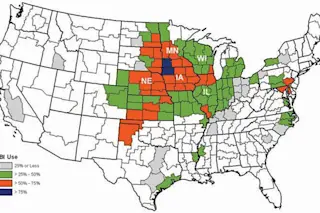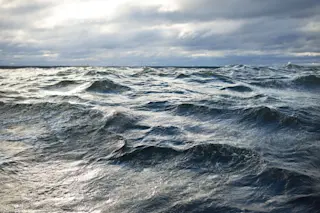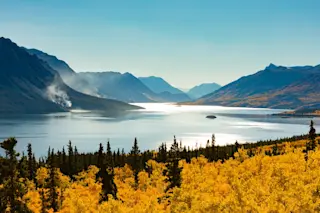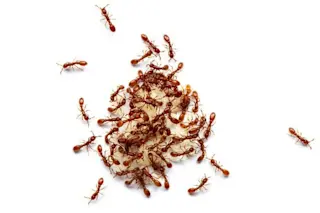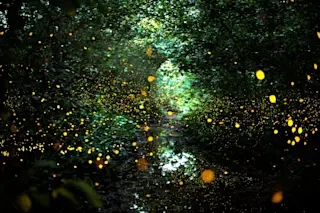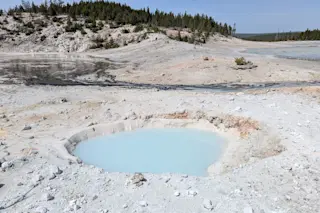Plant genetically modified corn, help your neighbor? That's the argument of a study out in Science today—corn modified to keep pests away creates a "halo effect" that also reduces crop damage at neighboring farms that don't plant the pest-resistant variety. Bill Hutchison of the University of Minnesota led the study, which surveyed the records going back to 1996 for Minnesota and four other Corn Belt states: Nebraska, Iowa, Wisconsin, and Illinois. 1996 is the key year because that's when farmers first planed Bt corn, a variety modified to produce a toxin that keeps away the European corn borer. As the name suggests, that insect is an invader from across the pond that likes to devour corn, and Hutchison and colleagues wanted to see how effectively Bt corn kept the pest at bay during the last decade and a half.
"We were surprised to find that a higher proportion of the ...


